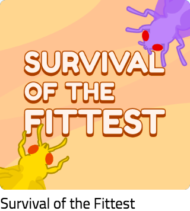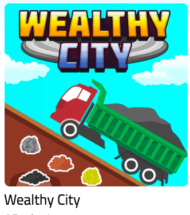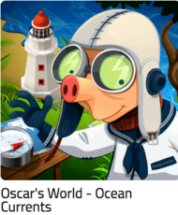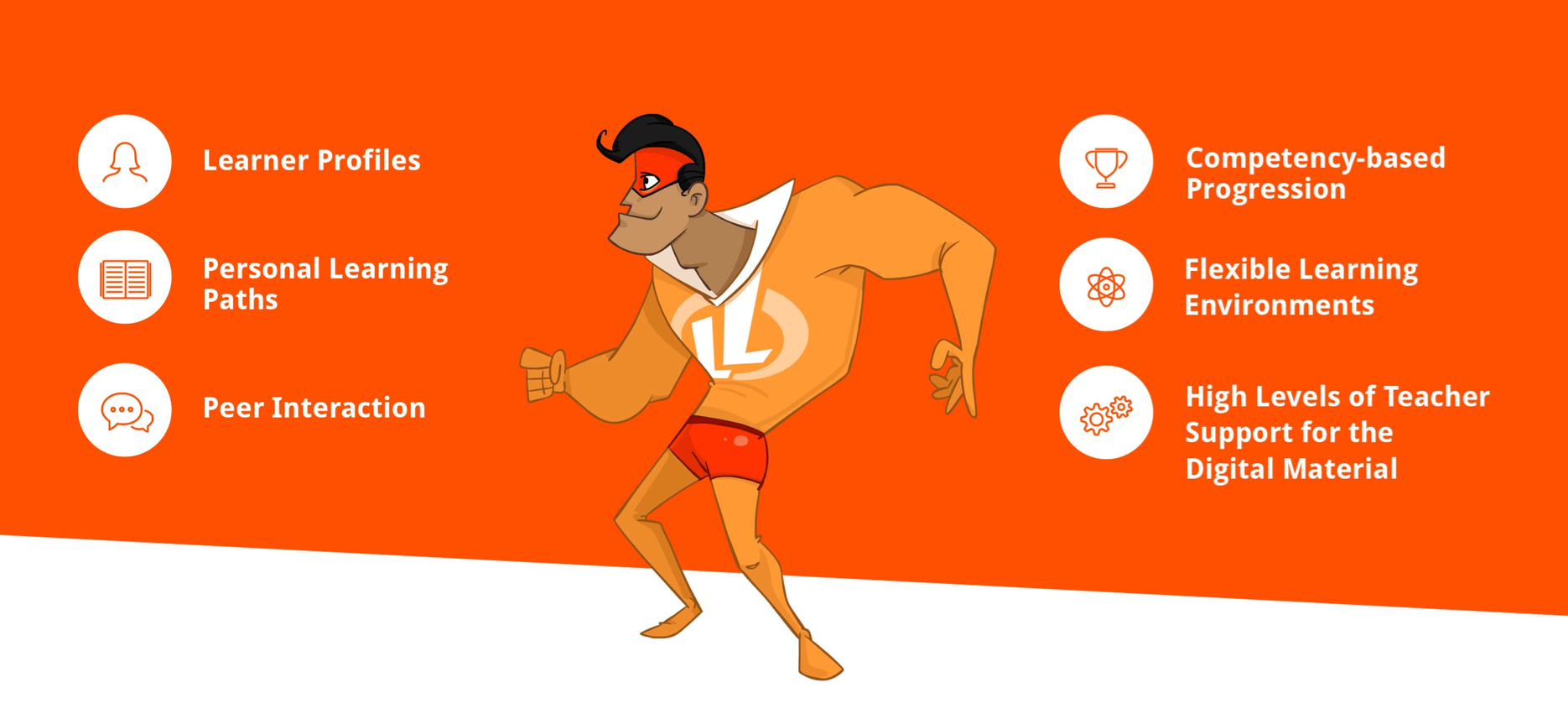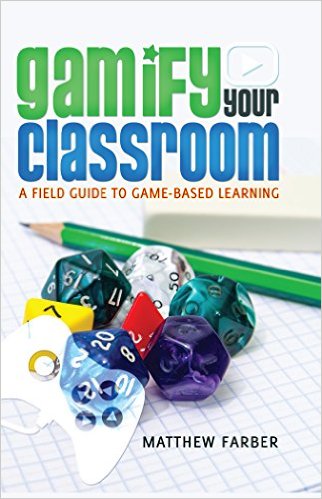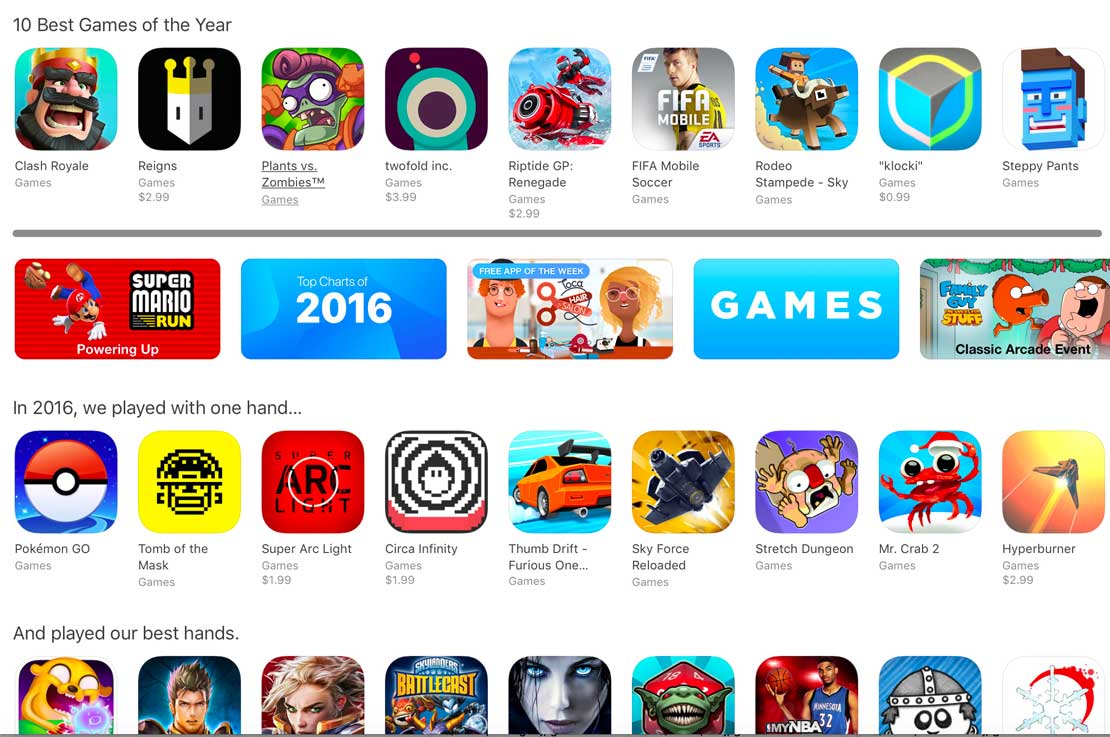Personalize Your Test Prep with Science Games
Teachers, do you hear that? It’s the sound of summer. But before you get there, there is this little thing called testing that comes up in the spring. Did you know in spring testing is more common than flowers? A key to successful testing is preparing students so content is fresh and top of mind.
Nearly every school in the country is testing this week, tested in the last week couple weeks or is testing in the next couple weeks. For example, in Baltimore students are taking the PARCC exams for the next three weeks while in Virginia they will be tested on the SOL.
All of this makes testing at this time of year extremely challenging for teachers. Teachers have to find a way to keep students motivated and engaged in class so they do their best on exams.
The key to student success on exams depends a lot on how confident they feel in the material they are being tested on. That means practice. Students need to prepare for test taking in a way that’s fun and engaging so they aren’t wracked with nerves when they are taking the real test.
How can you achieve this worthy goal? By playing games of course!
It might sound crazy, but games are exactly the right tool to pull out of the tool belt right now. Think about it. Students are a little stir crazy. They can hear summer coming and spring break is either just around the corner or just gone by. Students really need some engagement, and science games offer just that.
In our pilot of short curricula games last year, our research statistically proved that when students learn with games they have higher levels of simple fact recall and are thus able to give more sophisticated answers to complex questions on tests.
But don’t take our word for it. We have a lot of teacher Ambassadors who have already thought of some great ways to use games to prep for their exams. Here are some of their suggestions:
Renee Ekhoff, Nebraska
Recently, we were studying adaptations and natural selection. We used the life science games — Walter’s Travels and Survival of the Fittest — to identify adaptations, both behavioral and physical. The students applied their practice to their review for the quiz and for the adaptation poster. It was awesome to see students using adaptations they had learned through the games on their projects! — Renee Ekhoff, Nebraska
Ann Pottebaum, Iowa
I have previewed the games and selected ones that best fit our learning objectives. I have projected the games up, and we have worked through them together to introduce the site/types of games available to study for exams.
The students thought they were great. What an interactive way to study and review as we finished our units on atoms, molecules, compounds and bonding! — Anne Pottebaum, Iowa
Caitlin Unterman, Virginia
We used the natural resources games to help review renewable vs nonrenewable sources. We also used the oceanography (weather and the ocean) to review ocean currents. — Caitlin Unterman, Virginia
Elizabeth Lewellen, California
LOL has been an invaluable tool for helping my students prepare for the state test. Students have been giving me personal requests for the topics they feel they need to review the most.
Every student is different. With LOL I just launch a playlist for the different topics requested, and in this way I’m differentiating the review practice for each student. It’s awesome. Its empowering for me and the students feel very catered to when they feel their personal needs for instructional focus are being met. — Elizabeth Lewellen, California
Mariana Garcia-Serrato, California
For test prep in 8th grade, I displayed the complete list of LOL learning objectives. Students were invited to peruse them and decide which ones each of them wanted to review.
Then I created different playlists for groups and individuals based on their perceived needs, with a couple of special invites for concepts that were covered in previous years. Having that list of discrete learning objectives proved an easy way for them to decide what to study! — Mariana Garcia-Serrato, California
If you want to play the games for yourself, sign up today on the Legends of Learning platform. To become an ambassador, visit our site and fill out this simple form (https://www.legendsoflearning.com/join-us/).
Good luck with testing and the rest of your school year!




